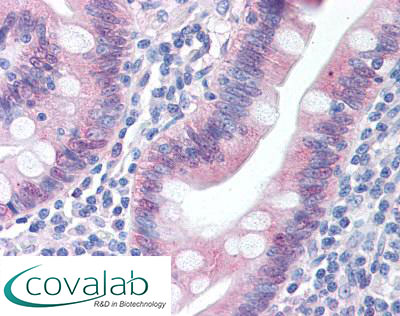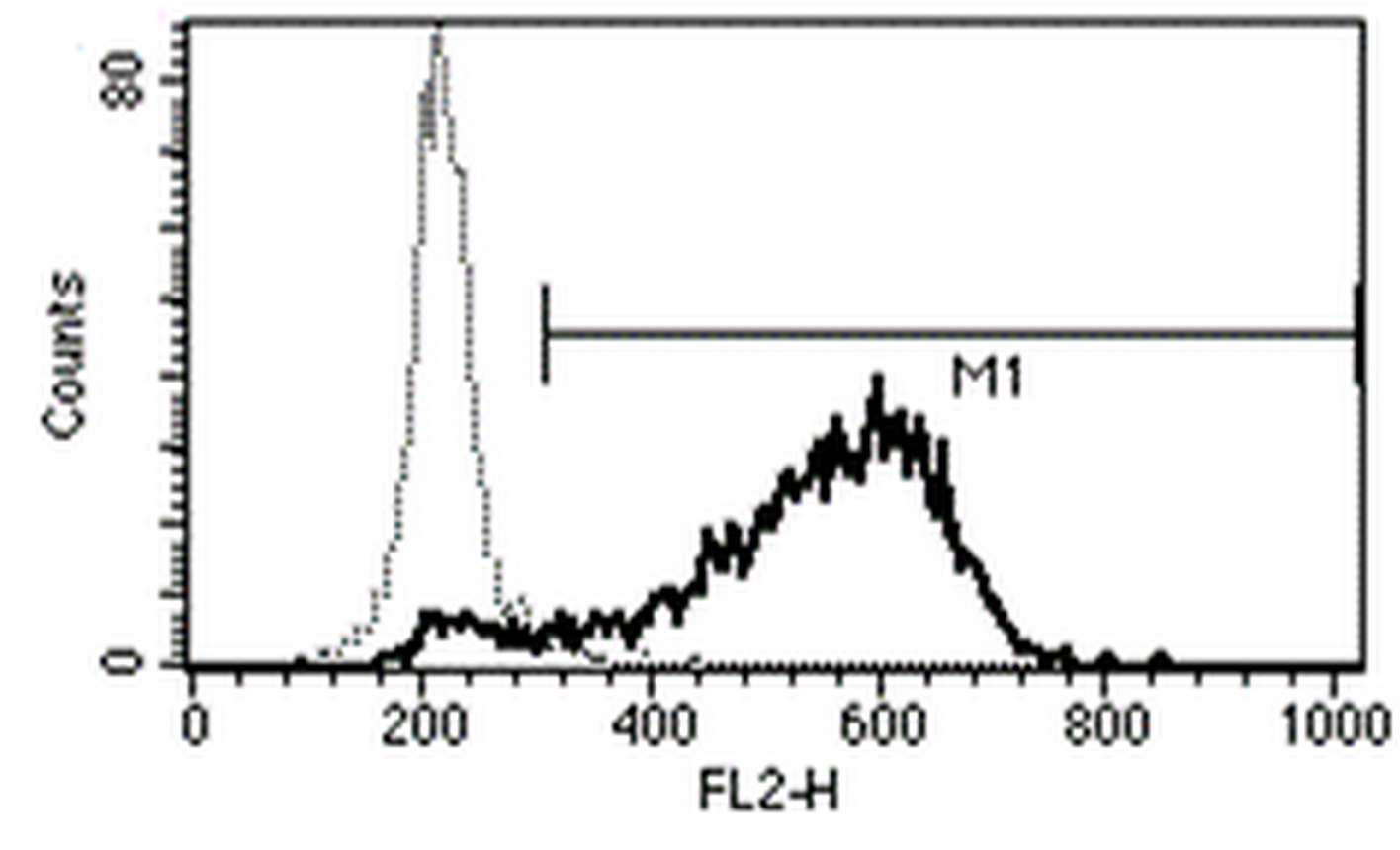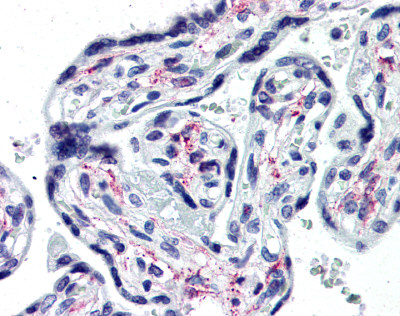We use cookies to make your experience better. To comply with the new e-Privacy directive, we need to ask for your consent to set the cookies. Learn more.
Innate Immunity
Innate Immunity-related products from Covalab
IL-1β is a key player in the inflammatory response, moving inflammatory caspases and inflammasomes in an important role in several diseases (see figure 1). Several human hereditary or acquired diseases have been linked to elevated IL-1β levels, some of which can be treated by antagonists against IL-1β or its receptor. A number of diseases, known as cryopyrin-associated periodic syndroms (CAPS), have been directly linked to NLRP3 mutations.
Gout, an autoinflammatory disease characterised by severe joint inflammation, as well as the development of type 2 diabetes mellitus (T2DM) and insulin resistance are associated to elevated IL-1β levels. Thus by functioning as a sensor for metabolic stress, like in the form of monosodium urate (MSU) or hyperglycaemia, the NLRP3 inflammasome likely contributes to the pathogenesis of gout or T2DM, respectively.
Several inflammasome regulators (e.g. pyrin) were shown to have a significant relevance in diseases and may allow novel entry points for disease treatment.

Anti-Caspase 1 antibody IHC staining of formalin-fixed, paraffin-embedded human small intestine.

Anti-IL-1b antibody [PE] staining of LPS activated MNC.

Anti-IL-1R1 antibody IHC staining of formalin-fixed, paraffin-embedded human placenta.
